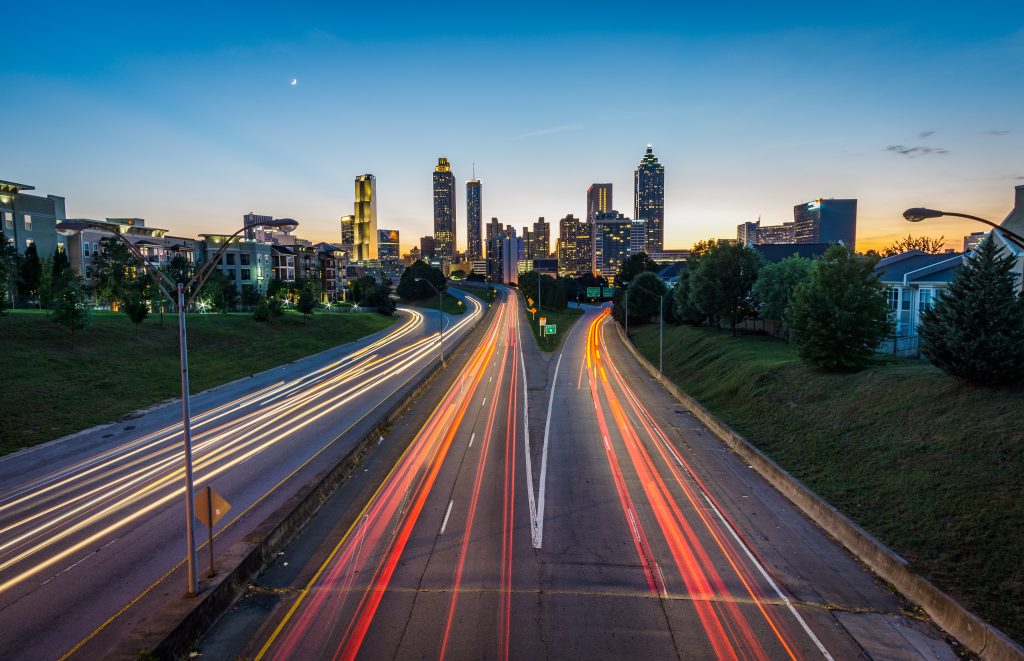It’s all about connection. This is the key to making a city “smart”, say the smart people working on the subject. And by “connection”, they mean not only the technological kind but especially the human one. “A city is smart when a collective intelligence is in place”, asserts Julio Lumbreras, program manager of the Spanish platform CitiES 2030.
And it’s also about sustainability: “Including social sustainability, in the sense that there is a community in which, for example, younger people help the elderly if they have problems with the technology”, adds Rien Van Stigt, teacher and researcher in Sustainable Urban Mobility at HU Utrecht University of Applied Sciences and co-editor of Smart Sustainable Cities – a handbook for applied research.
Smart cities are not a new idea. Swiss-French architect Le Corbusier conceived the house as “a machine for living in” almost a century ago. But of late, the concept of a place where innovative technology makes life easier has been coupled with the need to face new challenges, starting from the energy transition and the imperative to adapt to climate change.
According to figures relayed by the European Commission, cities “take up only 4% of the EU’s land area, but they are home to 75% of EU citizens. Furthermore, cities consume over 65% of the world’s energy and account for more than 70% of global CO2 emissions.” In this light, it is not surprising that they are crucial in the fight to reach Brussels’ objective of achieving climate neutrality by 2050.
This is why “smart” and “sustainable” have almost become synonymous in the urban planning process. “If [cities] are not sustainable, they’re dumb”, affirms Van Stigt. Meaning that it is not enough to integrate connected technology and IoT (Internet of Things) devices to make a city “smart”.
The foremost challenge, then, is to take into account sustainability. In this sense, Lumbreras, whose CitiES 2030 project is part of the European NetZeroCities platform, thinks that “In Spain, the best working city is Valencia.” This Mediterranean centre, which is one of the pilot cities of the EU-funded project MAtchUP, was selected last year among the 100 European urban centres that have taken up the challenge to become climate neutral by 2030.
Lumbreras focuses more on the governance of the city rather than on the technical solutions that have been found to make Valencia a sustainable place to live in. He talks of the mission team made up of all the city departments that meet every Friday, and this, he says, “is completely changing the way the city council is functioning because they are really working together, developing projects so that they’re connecting their initiatives and they’re having much more impact.”
And then there are the so-called “mission ambassadors”, people or, better, organisations committing to be climate neutral at the core of their business by 2030.
At the heart of this process is Fermin Cerezo Peco, Head of the Innovation Service in the City Council of Valencia. When it comes to “creating” a smart city, he thinks that “We have to solve first the question: what do we want it to be a smart city for? What is the purpose?” Because, he says, “Not everything that can be done by technology has to be done. A smart city is a city that applies technology in order to create public value”. At the end of the day, Cerezo’s aim is to “create smart citizens”, and that’s why the private sector is involved as much as the public sector.
Because smart cities are complex organisms with a multitude of issues to address.
In 2022, London was ranked the smartest city in the world by the IESE Cities in Motion Index. And it is from London, more precisely from the UK’s Department for Science, Innovation and Technology (DSIT), that comes the warning about cyber threats. The British government has recently launched a playbook that “will help local authorities set a foundation to protect themselves against would-be cyber threats,” a DSIT statement said. “Given the large amount of data they collect, the interconnected nature of their systems, and the potential impact on local infrastructure, connected places can be attractive targets to hostile actors.”
In a 2019 MDPI paper, specialists Johan Colding, Stephan Barthel and Patrik Sörqvist raise the issue of what they call “Wicked Problems of Smart Cities”. Some are more sociological or psychological than technical: for instance, the paper points out that people tend to consume more energy, rather than less, once they find out the new technologies or new practices they have adopted are more energy efficient, because they end up using them without limitations.
And then, there are, of course, democracy and privacy issues. If all we need is a default technology (such as a smartphone) to run a city, there is a problem of choice: people are forced to use that technology instead of some alternative that they might prefer, whether digital like a desktop computer, or analogue, such as paper. And then there is the problem of those people who are not proficient in using that technology or who have physical limitations, as well as the problem of who accesses and uses their data and how.
Concerning data, Cerezo is convinced that “We really need a deal on data in Europe.” For him, the problem is that right now, it’s mainly private organisations that possess the users’ data, but it’s the public sector that needs them to improve citizens’ lives. “We have to preserve people’s privacy, but we also have to consider data as an infrastructure, like water or electricity, in order not to privatise the benefits and socialise the problems.”
Our cities need to become smarter to become more sustainable. And to be smarter, they need to be more human. According to Ernesto Faubel, coordinator of the MAtchUP project and Head of the Smart City Office in Valencia, “The new policies in which cities have worked together and the new spaces for collaboration, such as Scalable Cities, are expected to be relevant for the future of the partners involved”. And possibly, for the future of our urban spaces in general.
By Selene Verri


